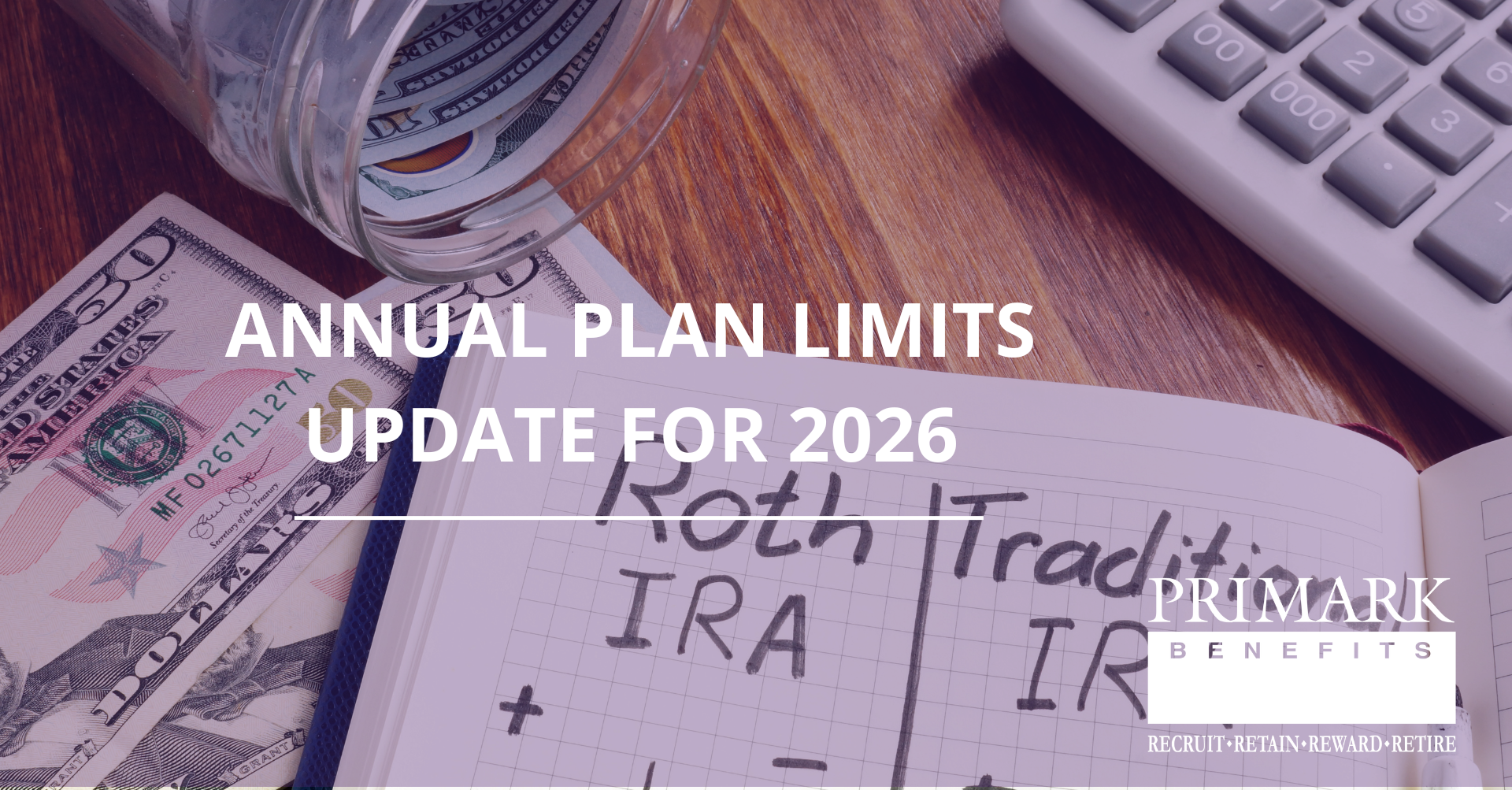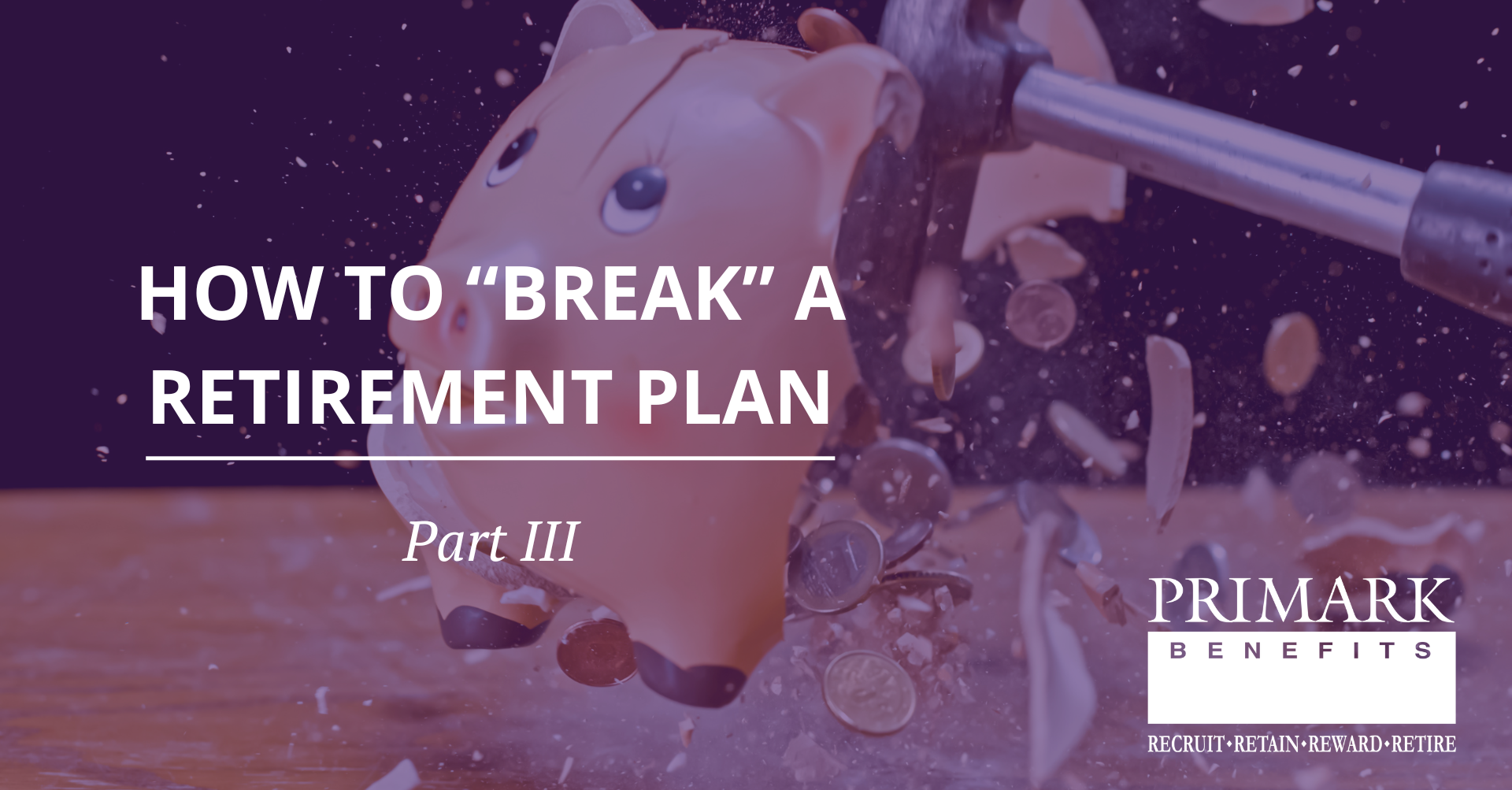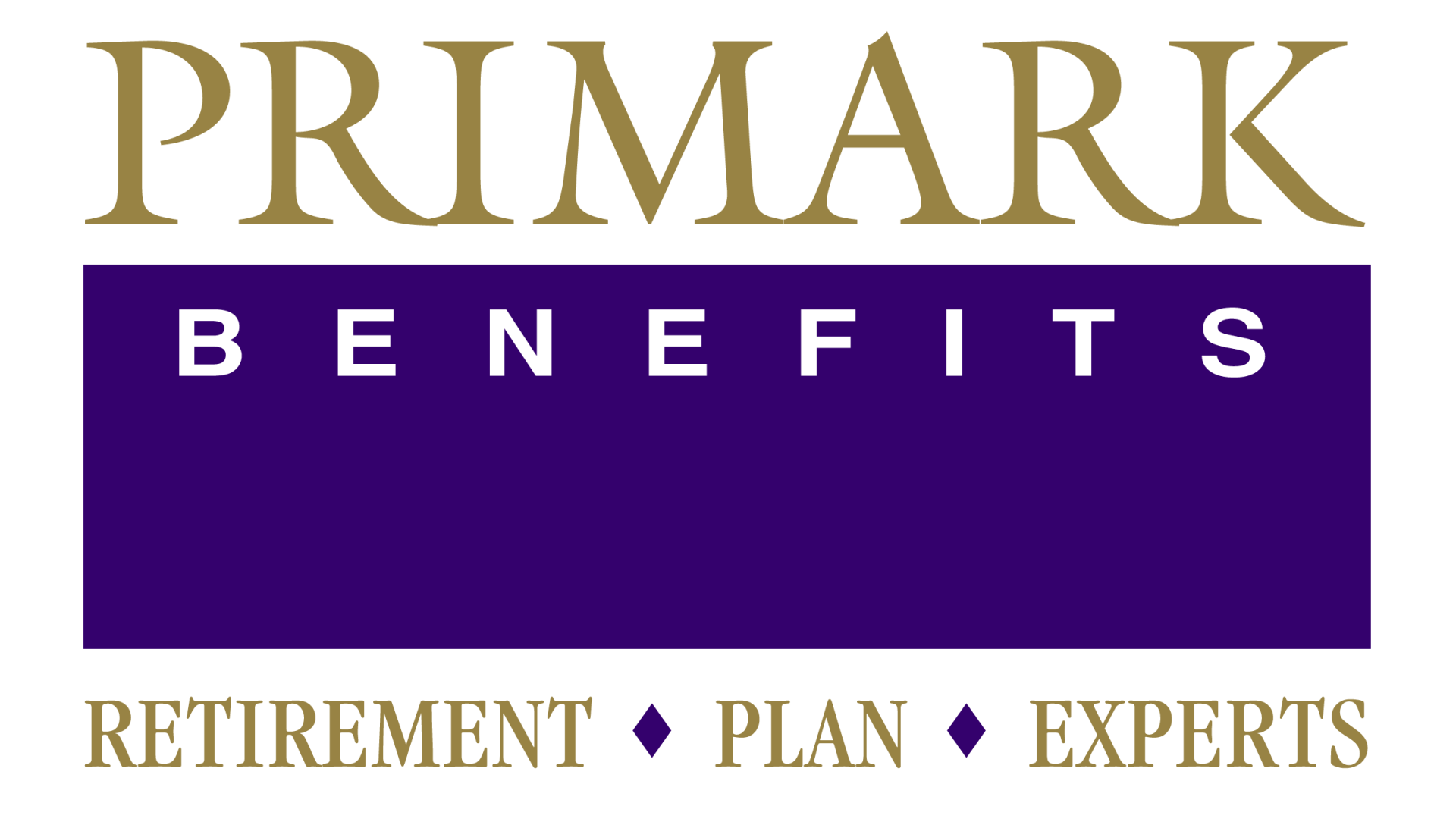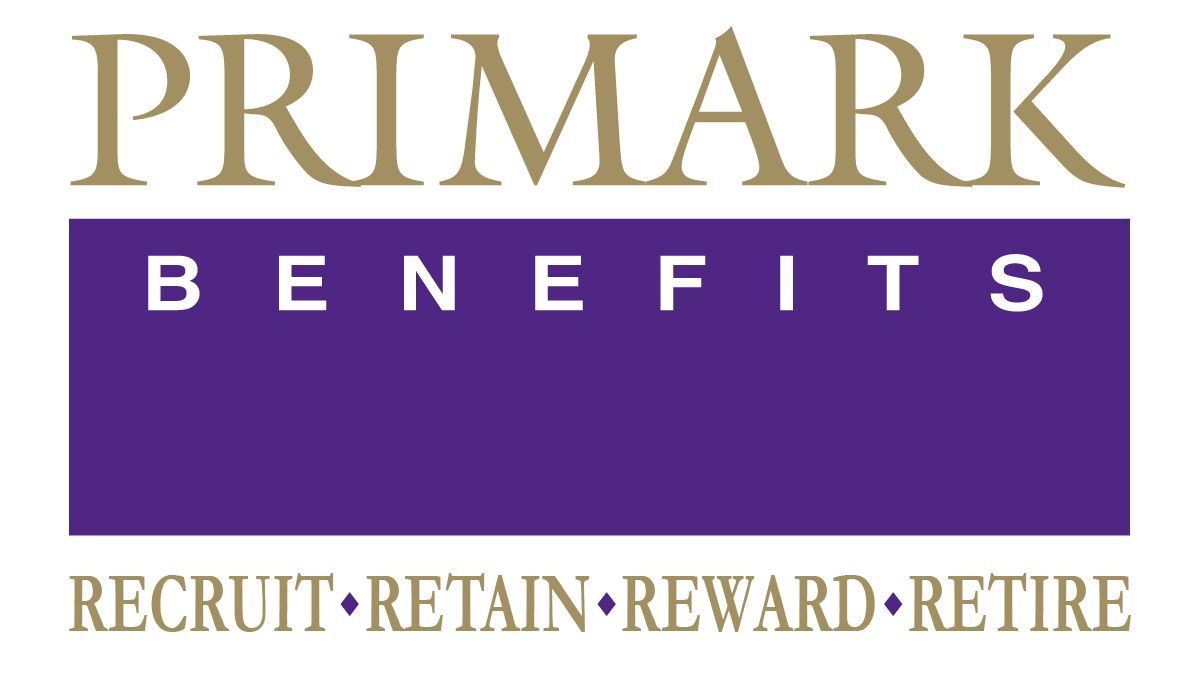Retirement Plan Review: From Participation Rates to SECURE 2.0
Gain actionable insights for optimizing efficiency and compliance through strategic plan analysis.

It’s no secret that when you conduct a retirement plan review, you have a chance to understand the data and trends, which can help your plan be efficient and compliant. To set your plan up for success and see if changes are needed, it's important to make the most of this analysis. Here are some key components to focus on.
Your plan’s current participation rate
One piece of the plan health puzzle is your current 401(k)’s participation rate as it is a key signal of the retirement plan’s effectiveness. When paying attention to these metrics, you may gain insights into the level of employee engagement and identify opportunities, especially when you consider the possibilities of implementing automatic features, while making other plan design changes and thinking about how employees engage with their 401(k)s.
Aim for 90% or greater
Deferral rate statistics
Equally significant are your retirement plan data trends, especially deferral rates, which are crucial for optimizing the financial well-being of plan participants. Understanding deferral rate data helps you know if employees are making informed decisions about their contributions. It also reveals opportunities for more effective education and communication. Much like participation rates, deferral rates can highlight opportunities for plan design modifications.
Aim for 10% or greater
Effective asset allocation and potential for re-enrollment
Effective asset allocation is another key statistic that plays a pivotal role in the performance of retirement portfolios. By evaluating the asset allocations across participating employees, you can identify opportunities to align strategies with investment goals, risk tolerance profiles, and market conditions. Analyzing the asset allocation data can reveal opportunities like re-enrollment, which can be a valuable endeavor long-term.
Aim for 90% or greater
Re-enrollment allows employees to reselect their investment options or be enrolled in a Qualified Default Investment Alternative (QDIA). This process offers participating employees a fresh chance to look at how they are allocated and consider a more suitable investment strategy.
Auto-enrollment and auto-escalation
Auto-enrollment can be a great streamlining tool to help savers achieve retirement readiness and increase participation in your plan, especially if encouraging employees to take positive actions has traditionally been a challenge. Aside from other benefits to the employee population, auto-enrollment can be an effective tool to improve recruitment and retention, unlock tax credits, and help with compliance testing.
Auto-escalation is an effective feature that incrementally raises plan contributions over time (e.g., increasing by 1% annually up to a maximum of 15% annual deferral). This approach not only has the potential to lower payroll taxes but also, akin to auto-enrollment, facilitates employee retention by overcoming the usual roadblocks of getting employees to take positive action.
SECURE 2.0 2025 amendments
SECURE 2.0 legislation and the amendments going into effect in 2025 are shining a brighter spotlight on the already-prevalent auto features. Your retirement plan review is a good time to discuss options and consider implementation. The regulatory implications of the 2025 SECURE 2.0 amendments are significant. Mandated automatic enrollment is bound to have an effect on plan health, as will the ability of part-time employees to qualify for participation after 500 hours in two years as opposed to the previous three. For more SECURE 2.0 updates, contact us to discuss your plan.
Important deadlines
If you are considering making plan design changes, it is crucial to discuss implementation dates and deadlines. Keep in mind that amending your plan and communicating changes to participants takes a proactive approach. For example, take the deadline of October 1 to establish a new Safe Harbor 401(k). Note that the plan must have deferrals for at least three months to be considered Safe Harbor for the current year. On the other hand, a 2025 Safe Harbor implementation requires that a 30-day notice to employees goes out by December 1st.
The retirement plan review is your time
Reviewing your retirement plan data empowers you to make informed decisions and adjustments for the coming year, thereby fostering confidence in your plan’s health. By evaluating current metrics and seizing opportunities, you can enhance efficiency, boost employee participation and satisfaction, and help future-proof your offering.




